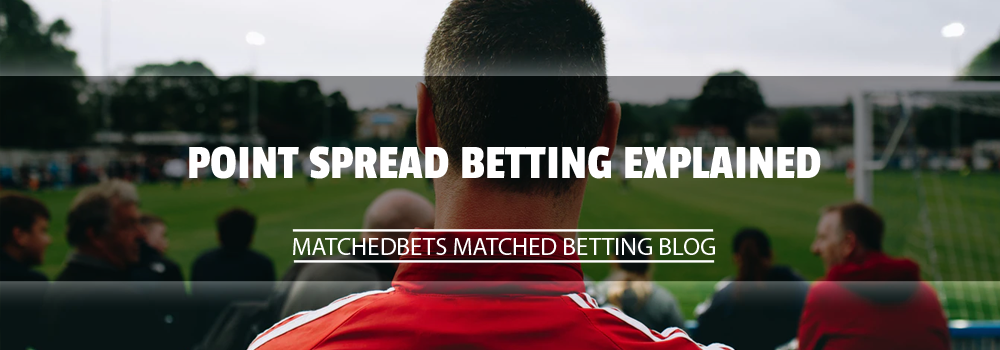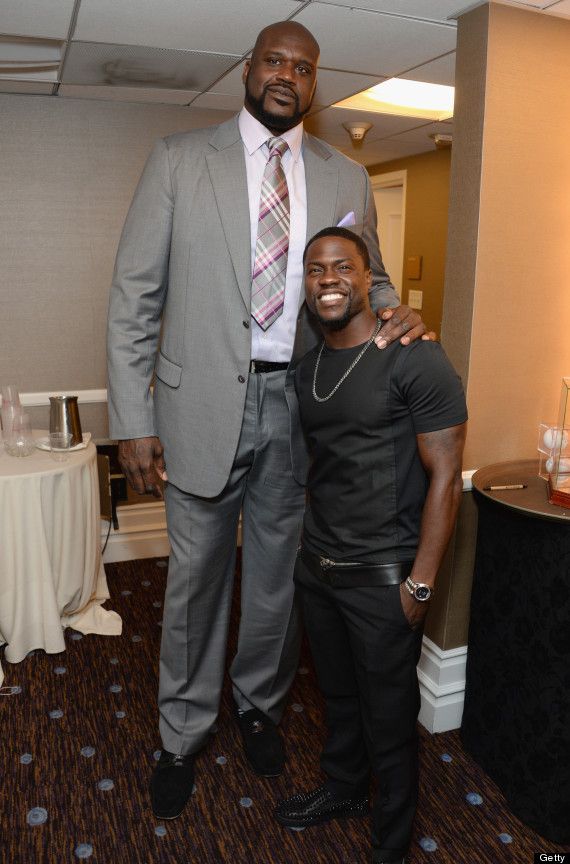Point spread betting explained
January 21, 2020

While sports betting may seem simple enough, there’s numerous strategies and theories that serious sports bettors utilize to maximize their odds. Always remember that sports betting isn’t simply betting on the team you want to win, because emotions and betting on (personal) favourites really has no place in sports bets.
Proper sports betting is a delicate balance of taking into account team (or fighter) statistics, and making smarter betting decisions based on that.
The Zig-Zag Theory
One example of a popular betting strategy is known as the Zig-Zag Theory. The basic premise is that if a team loses a game, they could be favored to win the next game. To a smaller degree, this could also apply to boxing or mixed martial arts, where rematches or trilogy fights are concerned.
The entire Zig-Zag Theory is based on the premise that the previous loser will be more motivated to perform harder in a rematch, whereas the previous victor will not have the same intensity.
To use MMA as a (niched, but perfect) example, we saw this in Conor McGregor vs Nate Diaz. In their first fight at UFC 196, many mainstream analysts predicted that McGregor would stop Diaz via TKO, based on McGregor’s stellar victories in smaller weight classes, and mainstream popularity.
What those analysts overlooked, for whatever reason (sometimes it feels like “analysts” are just throwing darts at a board) was Diaz’s larger size, veteran’s combat experience, and vastly superior jiu-jitsu skills. So when Diaz submitted McGregor in round 2, not many die-hard MMA fans were entirely surprised.
The second fight, however, was a lot more difficult to predict, even for die-hard fans. Conor McGregor is the type of fighter to take revenge very seriously, and he just barely eked out a very close decision victory over Diaz in their 2nd fight at UFC 202.
So this is a perfect example of how the Zig-Zag Theory works. The previous loser has much more to gain (regaining lost pride, etc) by training much harder for a rematch, and is therefore considered a better option to bet on.
It’s like Rocky III, basically, without all the sweaty man-hugging.

In team-based sports, where teams go through a series of “playoff” style matchups – for example, the NBA uses a “best of 7” format – the Zig-Zag Theory basically assumes that the momentum will shift between the two teams throughout the playoff series.
Point Spread Betting
Point spread betting, or ‘handicap betting’, is the most common sports betting offered by sportsbooks, although it does come with a bit of a learning curve. So let’s examine exactly what point spread betting is.
Some teams are simply better overall than others, such as by having better rosters of players. There’s really no such thing as 50/50 betting odds, unless you’ve cloned a team in a laboratory and pit them against themselves.
Sportsbook operators can essentially create a point spread to give an “equal” chance for both teams to win the game – or rather, an equal chance for bettors to take risks on the underdog, if that’s the team they personally want to root for.
Let’s say for example that the New England Patriots are favoured over the Dallas Cowboys. The Dallas Cowboys have had a terrible season, while the Patriots are steamrolling everyone (in our hypothetical scenario).
So the sportsbook will give handicap points to the Cowboys, and when you bet on point spreads, you aren’t necessarily betting on the winner/loser outcome of the game itself, but rather the performance of the teams, taking into account that the underdog team has a much slimmer chance of actually winning the game.
It’s like, imagine a child playing basketball against a much larger, more experienced adult. Basically Kevin Hart vs Shaq, right?

But there’s a stipulation that, because the adult is larger and more experienced, they need 20 points to win the game, whereas the child only needs 10 points. This is the handicap.
If I’m betting on the child, I can still win in the sportsbook even if they lose the game, as long as they don’t lose the game by more points than they were allocated for the handicap. And if I’m betting on the adult to win, I can lose my bet, even if they win the game, if they don’t win by more points than they were expected to win by.
The favourite to win is represented by a minus (-) point spread, and the underdog is represented by a plus (+) point spread. So let’s make this a lot simpler. Let’s say the sportsbook looks like this:
- Adult player: -3
- Child player: +3
What this means is that the adult player is expected to win by 3 points, while the underdog is expected to lose by that same amount (it’s always directly opposite). So now let’s say the adult and child play 3 separate basketball games, and the final scores look like this:
Game 1
- Adult score: 21
- Child score: 14
Game 2
- Adult score: 21
- Child score: 18
Game 3
- Adult score: 21
- Child score: 19
If I bet on the adult’s -3 odds in all 3 games (in real life, the odds would actually fluctuate between games in a playoff series), I won the first game, tied the second, and lost the third. This is because I needed the adult to win each game by more than 3 points, as the betting favourite.
In game 1, the adult won by 7 points, so I won. In game 2, the adult won by exactly 3 points, so my bet ‘tied’. In game 3, the adult won by only 2 points, thus I’ve lost that bet.
So to drive the point home, point spread betting isn’t exactly betting on the winner/loser outcome of a game, but the actual performances of the teams and how many points they won (or lost) by.
Betting Odds in Point Spreads
So now let’s figure out how much we’ve actually won (or lost).
Let’s say that the final score of Game 3 actually looked like this in the sportsbook:
- Adult: 21 (-120)
- Child: 19 (EVEN)
And let’s pretend we bet on the child. Even though the child lost the game, we win our bet because the child lost by less than 3 points, as explained earlier.
What the -120 means is if we bet $100 on the child, we will receive around $83.33 in winnings. The standard odds payout is around -105, but it can be -110, -120, or any other number, really. It just basically means that you must bet the exact odds amount to win $100, so if the odds are -120, you must bet $120 to win $100. And if you bet $100, like in our case, then the -20 is subtracted from our winnings (for the house’s profit).
What (EVEN) means is that you will win exactly what you bet – so if you bet $100, you will win $100.
Final Tips
We’ve covered some in-depth stuff here, but there are many more things to explain on sports betting strategies and this guide from Betting.com is a good read if you want to learn more.
Here are some final tips. As a novice, you should really try to take advantage of signup bonuses from online betting sites, and try to spread your bets across multiple sites, to earn several bonuses at once.
You’ll also want to learn a bit about how key numbers and point spreads are actually treated in the sport you’re betting on. Point spreads can be very different depending on the sport, because, for example, basketball games are very high scoring, with final scores in the hundreds, whereas hockey games are very low scoring, and final scores can be something like 3 – 2.
Comments